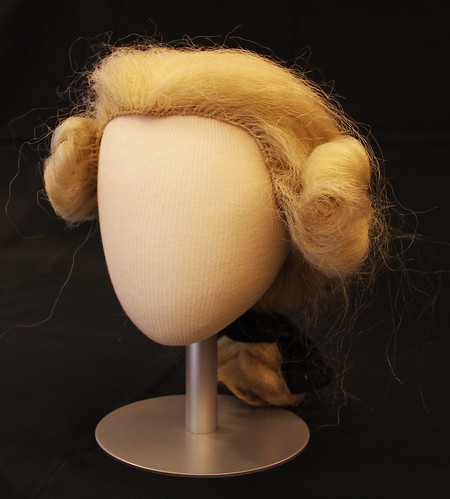
 Nonhuman animals did not leave diaries or letters behind for historians to piece together life from the animals' perspectives. Therefore, researchers often have to rely on materials produced by humans to access the historical lives of animals.
Nonhuman animals did not leave diaries or letters behind for historians to piece together life from the animals' perspectives. Therefore, researchers often have to rely on materials produced by humans to access the historical lives of animals.
One way to practice animal-centered historiography is to track animal presence in traditional archival materials, such as the descriptions of animal behavior found in a farmer's diary.
Another way to center animals in their own history is to broaden the scope of archival material: consider animal tracks, dwelling places (such as photographed beaver dams), or human goods made from leather or ivory as windows into the experience of a particular animal or group of animals in a given period. An example from our own library is the horsehair Peruke Wig (shown left), worn by William & Mary President during colonial costumed Yule Log parties in the late 1930s and early 1940s.
For more on animal-centered historiography, see Etienne Benson's essay, "Animal Writes: Historiography, Disciplinarity, and the Animal Trace" [pdf download], in Making Animal Meaning, ed. Linda Kalof and Georgina Montgomery (East Lansing: Michigan State University Press, 2011): 3-16. Linked PDF available on author's website.